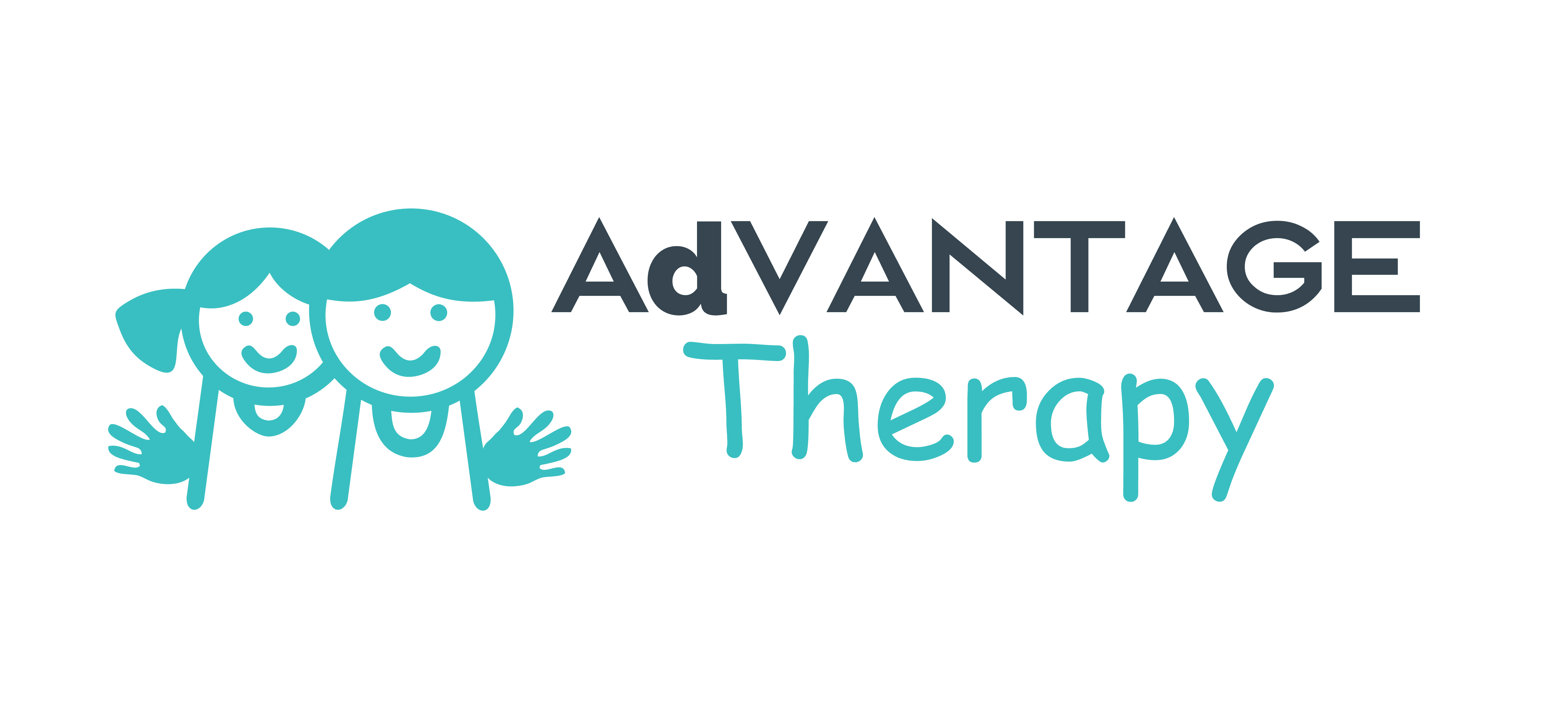Sequencing in speech therapy refers to the ability to organize and articulate thoughts, actions, or information in a logical and coherent order. It is a crucial aspect of language and communication skills, as it is important for tasks like following instructions, telling stories, understanding narratives, and problem-solving.
Let’s find out what are sequencing goals in speech therapy, exploring how to target the right goal.
What are Sequencing Goals?
Sequencing goals in speech therapy services involve guiding individuals, particularly children, to organize events within a story or activity in a specific order. The objective is to develop effective narrative skills and enhance communication abilities through tailored speech therapy services. This process goes beyond the mere arrangement of events, aiming for a comprehensive understanding of how stories are structured.
Here are some major types of sequencing goals in speech therapy for kids:
- Phonemic Sequencing involves isolating and blending sounds to form words or syllables.
- Syllable and Word Sequencing includes breaking words into syllables and sequencing them in phrases.
- Sentence Structure Sequencing focuses on constructing grammatically correct sentences and expanding their length.
- Narrative and Discourse Sequencing entails retelling stories in order and developing coherent paragraphs.
- Temporal Sequencing encompasses using temporal markers (first, next, then, finally) and arranging events chronologically.
- Direction Following involves following both single-step and multi-step directions.
- Conversational Turn-Taking includes initiating and maintaining conversations while taking turns.
- Problem-solving and Critical Thinking involve sequencing steps to solve problems and understanding cause-and-effect relationships.
- Cognitive-Communication Sequencing centers on organizing thoughts logically and making predictions based on information.
- Topic Maintenance focuses on staying on topic during conversation and transitioning between topics.
- Visual Sequencing involves using visual aids to organize information and creating visual representations of stories.
- Syntax and Grammar cover using correct word order in sentences and employing conjunctions to connect ideas.
- Reading and Writing Sequencing encompasses organizing thoughts when writing stories and understanding/summarizing written text.
The ultimate goal of sequencing is to facilitate generalization, enabling children to initiate, solve problems, persist, and summarize within the context of a story. This approach emphasizes the use of integrated stories rather than traditional standalone sequencing tools for more effective and holistic development of language and communication skills.
How to Target Sequencing Goals in Speech Therapy?
Speech therapists use a variety of exercises, activities, and strategies to target sequencing skills based on the individual’s needs. These activities may include games, role-playing, storytelling exercises, and visual aids to reinforce the concept of sequencing.
It is crucial to target the right sequencing goals, but it involves a comprehensive approach, considering the individual’s age, developmental stage, communication abilities, and specific needs.
Here’s how to target sequencing goals in speech therapy:
Conduct a Comprehensive Assessment
In the beginning stages of working on sequencing skills in speech therapy, it’s crucial to assess how well a child can put events in order. A practical way to do this is by having them tell a familiar story or talk about their daily routine.
For instance, ask them to share a recent trip to the park or anywhere else. While they recount the story, carefully observe the coherence and order of events, noting any difficulties in maintaining a logical sequence. This means that you’ll need to pay close attention to whether they describe things in the right order, like leaving home, playing at the park, and returning. If there are any mix-ups or things are left out, note all challenges.
This detailed assessment will help you understand specific issues with sequencing, so you can create activities and exercises that precisely target those challenges and help improve the child’s sequencing abilities.
Consider Developmental Stage
When setting sequencing goals in speech therapy, it’s crucial to consider the individual’s developmental stage. For preschoolers, focus on simple daily activities, like getting dressed. Older students can tackle more complex objectives, such as constructing detailed narratives with advanced temporal markers.
Carefully tailoring goals to developmental stages ensures they are both achievable and aligned with cognitive readiness, ultimately promoting effective skill development in sequencing.
Review Individualized Education Plan (IEP) or Treatment Plan:
Reviewing an Individualized Education Plan (IEP) or Treatment Plan is crucial in speech therapy to pinpoint specific sequencing challenges. This analysis, typically done at the beginning or during reassessment, informs the creation of targeted goals.
For instance, if the plan highlights difficulties in organizing thoughts during storytelling, therapists can tailor interventions to address this specific aspect, ensuring a customized and effective approach to sequencing skill development.
Consult with Parents or Caregivers
Consulting with parents or caregivers is essential for a comprehensive approach to sequencing skill development. Collaborate to gain insights into the child’s daily experiences by discussing routines at home.
This way, you’ll be able to identify specific opportunities to enhance sequencing skills within these familiar contexts. Indeed, this collaborative effort ensures a holistic understanding of the child’s environment, facilitating the creation of targeted interventions that align with the child’s daily experiences and support effective skill development.
Observe in Different Contexts
It is also important for speech therapists to thoroughly observe the child in varied settings, such as the classroom or playground. Make sure to note instances where improved sequencing could positively impact communication, such as describing events during show-and-tell.
This way, you can see how sequencing skills can be improved in real-life situations, making communication better.
Quick Tips to Target Sequencing Goals in Speech Therapy
- Identify specific challenges related to sequencing, such as difficulty understanding temporal relationships. Tailor goals to address these needs, such as improving the use of temporal words in narratives.
- Find a balance between challenging and achievable goals. For example, set a goal that involves sequencing a series of pictures initially and gradually progress to sequencing more complex story elements.
- Align sequencing goals with academic requirements or social interactions. If the individual struggles with organizing ideas for written assignments, set a goal to improve sequencing in written expression.
- Prioritize goals that directly impact effective communication. For instance, if an individual’s sequencing challenges impede their ability to convey experiences, prioritize goals that enhance this aspect of communication.
- Continuously monitor progress through ongoing assessments. Adjust goals based on achievements, such as advancing from sequencing basic events to constructing narratives with more complex structures.
- Regularly seek feedback from the individual and stakeholders. For example, ask the individual if they feel more confident in telling stories, and consult with teachers to gauge improvements in academic tasks requiring sequencing.
Final Words
It is recommended to target sequencing in a contextualized manner, integrating it into larger lesson sequences that include reading stories, discussing pictures, and progressively advancing to independent story retelling. The goal is to move beyond sequencing as soon as the child is ready, focusing on more meaningful narrative skills.





